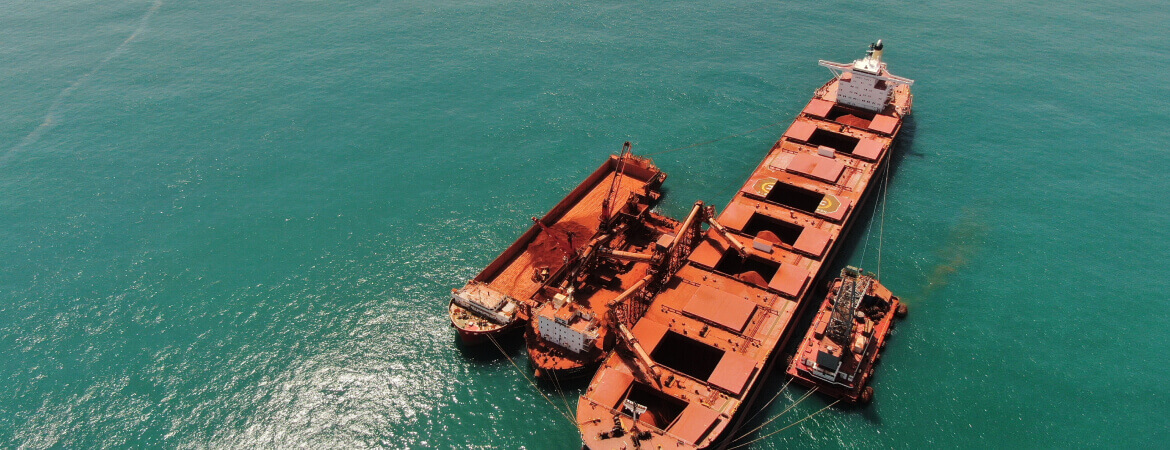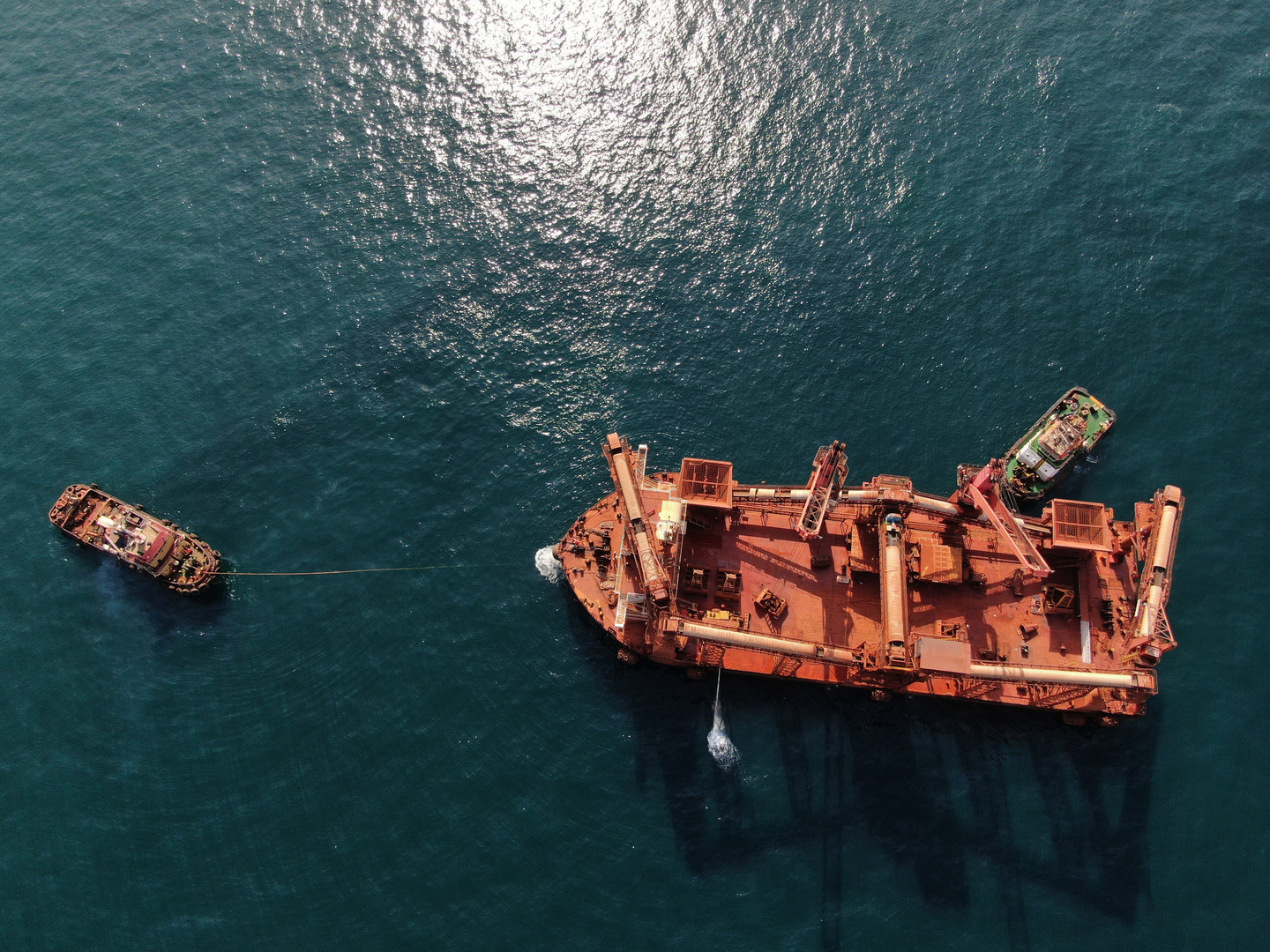Mobile harbour equipment for the handling of bulk materials has reached a technical and performance level that allows it to be used successfully in many different contexts in lieu of fixed installations, writes Luca Condini, Technical Director at Shi.E.L.D. Services srl.
The most common mobile equipment that can be seen on harbour jetties includes cranes, hoppers and shiploaders.
The strength of this kind of equipment is based on many advantages it has compared to larger machines that are used in the fixed solutions.

VERSATILITY
- mobile equipment can be used in cases where the jetty is not owned, or when it has to be shared with other operators, and fixed installations are not
allowed — they can also be used when the jetty is not strong enough to withstand the higher loads usually associated with the bigger fixed installations; - mobile equipment is the perfect solution for short-term projects or for start-up projects that plan for fixed infrastructures to be built at a later stage; and
- mobile equipment can be dismounted, transported to another operating site and used for a different project.
INDEPENDENCE
- as long as there is space available on the jetty, mobile equipment does not depend on any other specific requirements as far as placement is concerned; and
- mobile equipment is autonomous in terms of power requirements as most machines usually have their own generators installed on board, with no need to modify the power network of the jetty
SCALABILITY
- although the performance of a single piece of equipment — a shiploader, for instance — is lower than that of its bigger fixed counterpart, other mobile equipment can be added to increase productivity;
- mobile equipment can be combined with other equipment to improve the handling chain, for instance hoppers and belt conveyors can be deployed to work in combination with harbour cranes to reduce the crane cycle and increase hourly production.
READINESS
- mobile equipment can be purchased as an off-the-shelf product from a well furnished catalogue available from most manufacturers;
- mobile equipment has shorter delivery times and can be fully operative in a matter of few months; and
- customizations are possible but they are mostly limited to additional functions from add-on components.
AFFORDABILITY
- mobile equipment requires a lower initial investment as the purchasing cost is lower compared with fixed systems. This is helpful also for small companies that can start operations without high capital expenses;
- thanks to the lower investment required, mobile equipment is a good solution when the costs for a fixed installation are not justified by the quantity of material to be handled;
- scalability helps cash flow, as the investment for new equipment takes place only when required by production increases; and
- moreover, there is a second hand market for this type of equipment, so it can be sold when no longer needed.
OFFSHORE APPLICATION – A CASE STUDY
It might seem contradictory, but thanks to the above mentioned advantages — most of all the relatively short delivery times compared with tailor-made fixed installations — mobile harbour equipment can also successfully meet the project requirements for off-shore installations.
The starting point at Shi.E.L.D. Services to consider such a possibility was when a customer approached the company with a request for a transshipment facility to be deployed in a very short time (a matter of months), when usually a new building facility takes well more than a year.
Shi.E.L.D. Services’ idea was to install mobile harbour equipment on a standard pontoon, which can be easily found on the market from Far East shipyards, and make the necessary modifications for a proper installation, to ensure compliance with all rules and regulations. In order to confirm its design, Shi.E.L.D. Services worked together with the manufacturers of the equipment and with Rina as certification society and the positive response led to a solution that meets the specific needs of short lead time.
The limitations of the design are that the capacity of the equipment has to be reduced because of the higher forces and accelerations acting on the structures given by the installation on a floating facility and that the operating area shall remain within the port limits. On the other hand, the construction of the transshipment facility can be completed in less than a year, including the modifications to be carried out to the pontoon for the crew living quarters and the auxiliary systems, allowing for the start-up of commercial operations within the required timeframe.
Thanks to the versatility of mobile bulk handling equipment, Shi.E.L.D. Services can say that it represents a viable solution for many applications other than just harbour operations.

